Retrouvez ici les indispensables et meilleures ventes pour nos propriétaires de bassin.
Retrouvez ici les indispensables et meilleures ventes pour nos propriétaires de bassin.
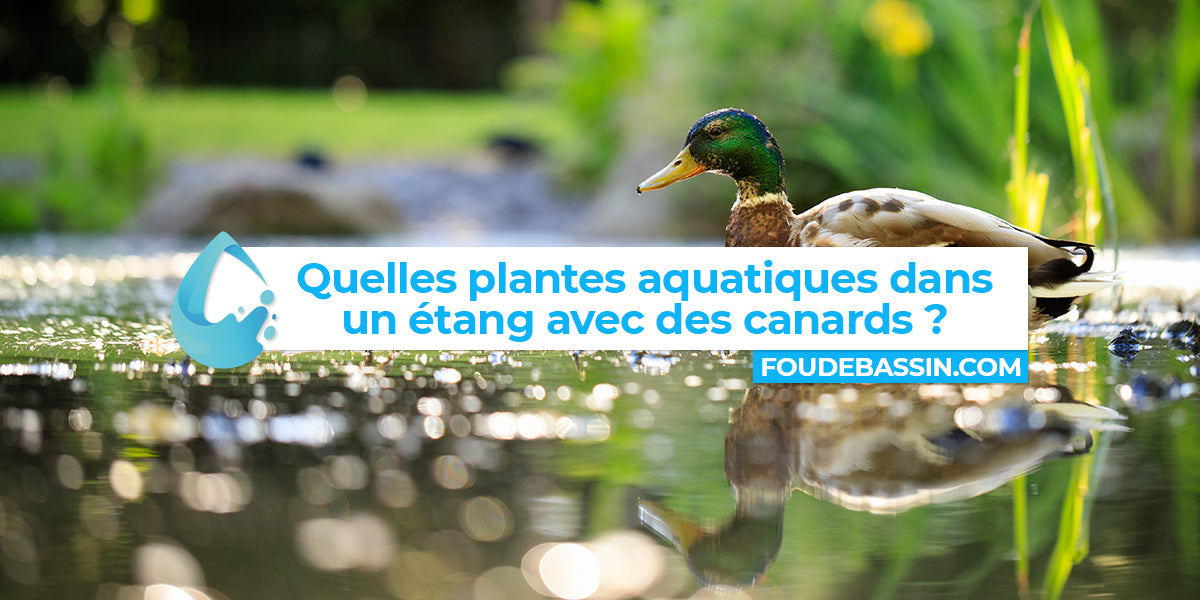
What aquatic plants in a pond or pond with ducks? What to choose as aquatic plants in a pond with ducks that risk destroying your aquatic plants? How to design a plant pond for ducks?
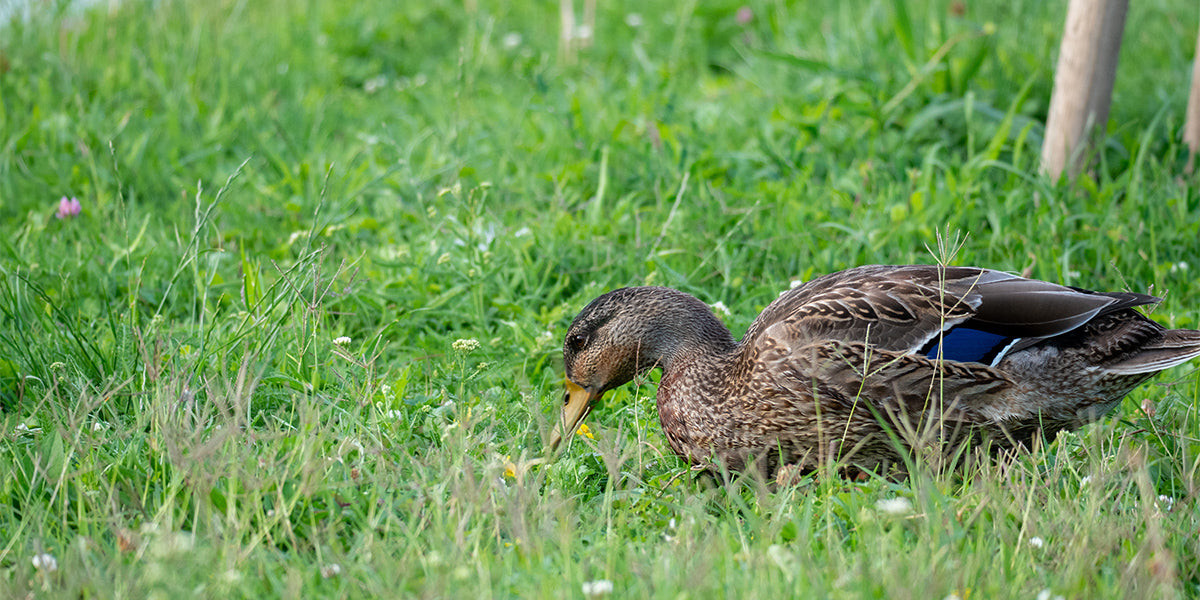
Ducks like to eat grass, and ordinary lawn grass is already good enough for them. They will graze it like geese! That said, keeping a vegetated pond with ducks around is quite difficult. Indeed, they will quickly clean up all edible aquatic plants. Most notably, domestic ducks descended from mallards will.
The biggest challenge in designing and owning a duck pond is getting proper filtration.
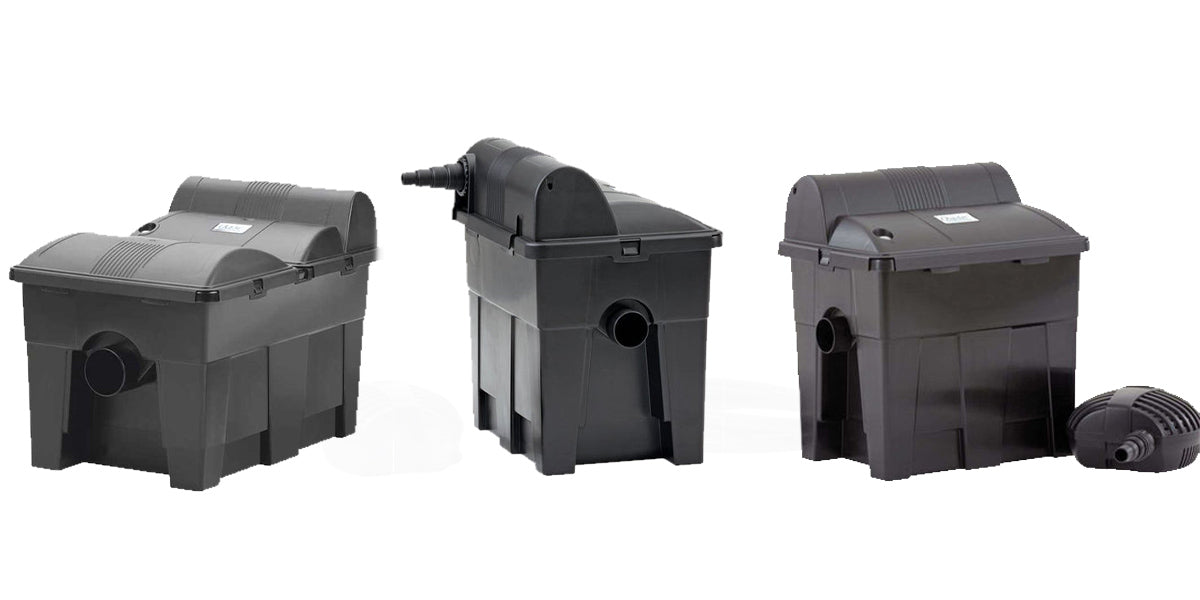
To manage a duck pond, you are going to need a filtration system and plants. This uses plants and bacteria to naturally utilize the excess nitrates in duck detritus as nutrients for growth.
Ducks are web-footed birds that live in wetlands. The morphology of their webbed and short legs classifies them in the Anatidae family. In general, they are located around lakes, ponds and ponds.
⭐ You may be interested: the list of plants that filter water
So, if you have a pond in your garden, you can completely house ducks. But to create a cozy nest for them, remember to choose suitable aquatic plants.
In the wild, omnivorous ducks feed on plant stems, seeds and bulbs. Insects, molluscs and small fish, attracted by plants, are also eaten by Anatidae. Dabbling ducks and diving ducks are fond of worms, small crustaceans and tadpoles.
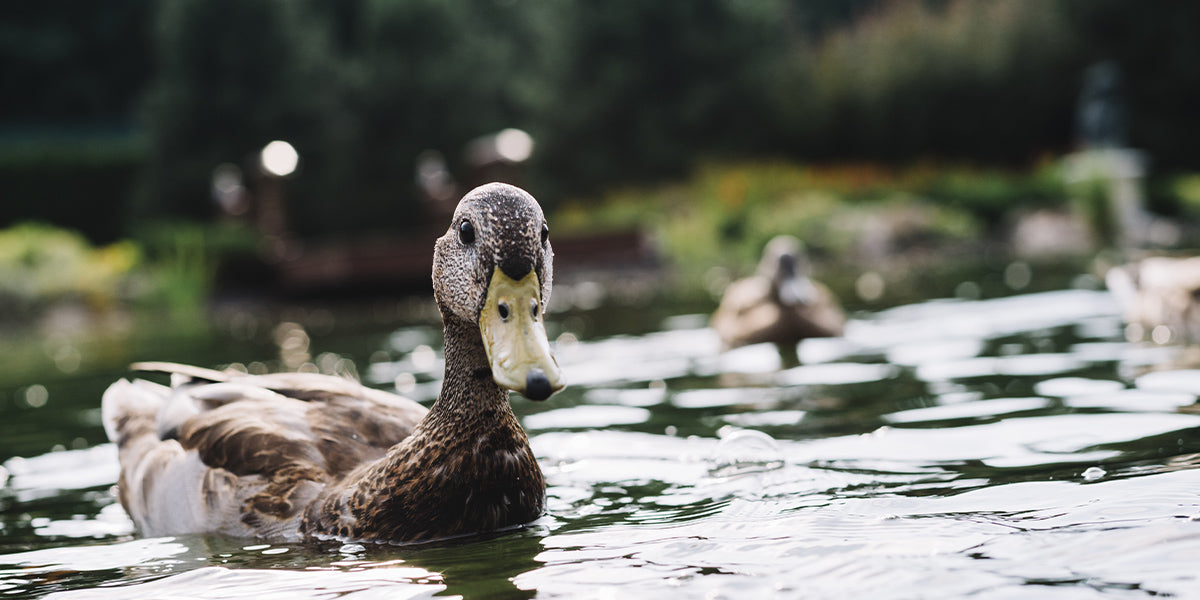
In fact, the aquatic flora is a vital space for the development of palmiped species. It is the breeding ground for mallard ducks, gadwalls, green-winged teals and pochards.
If you are an anatidae lover, you can offer them a favorable living environment. All you have to do is plant plants that serve as refuge and food for them around your pond. For example, chufa, Widgeon grass and wild celery are aquatic plants very popular with ducks.
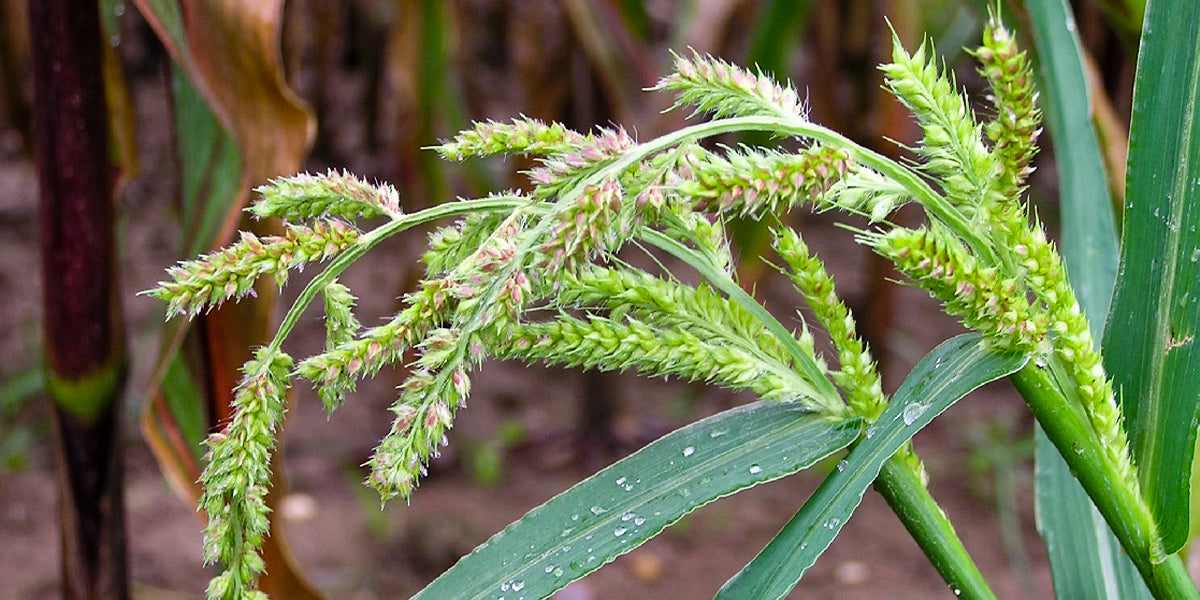
Other plants such as panisse, triangle and water couch grass provide a safe habitat for waterfowl. They cover the entire pond and its banks, because their expansion is rapid.
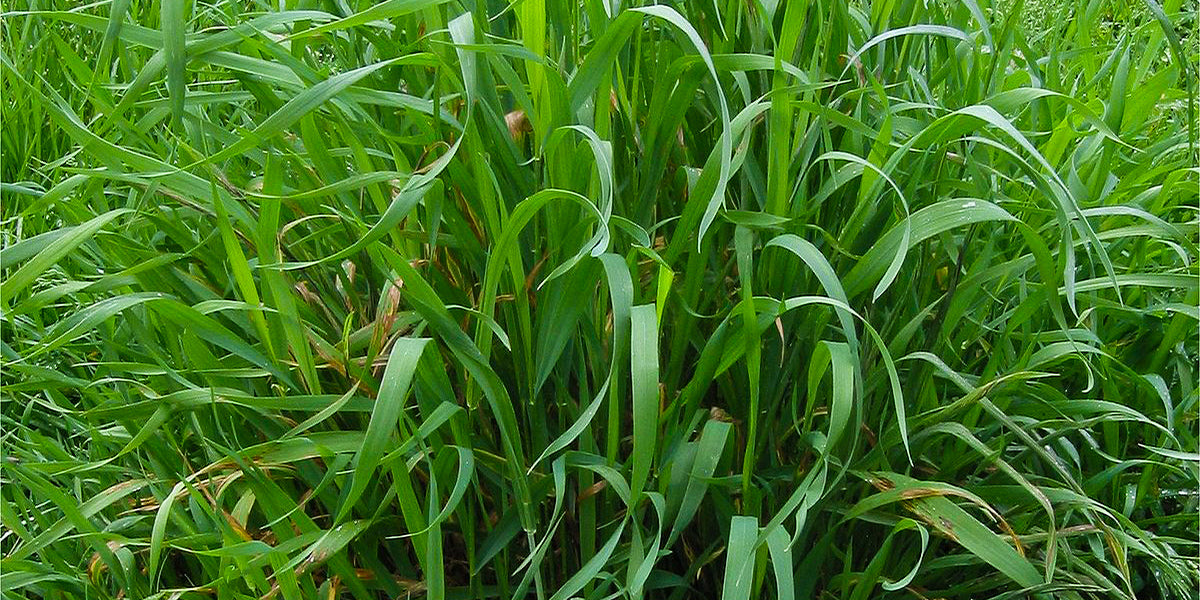
You can sow chufa seeds all around your waterhole. Dig 5cm deep holes at 10cm intervals to plant them. Chufa or nut grass is a herbaceous plant very rich in nutrients. Like all wild plants, the chufa does not need maintenance.
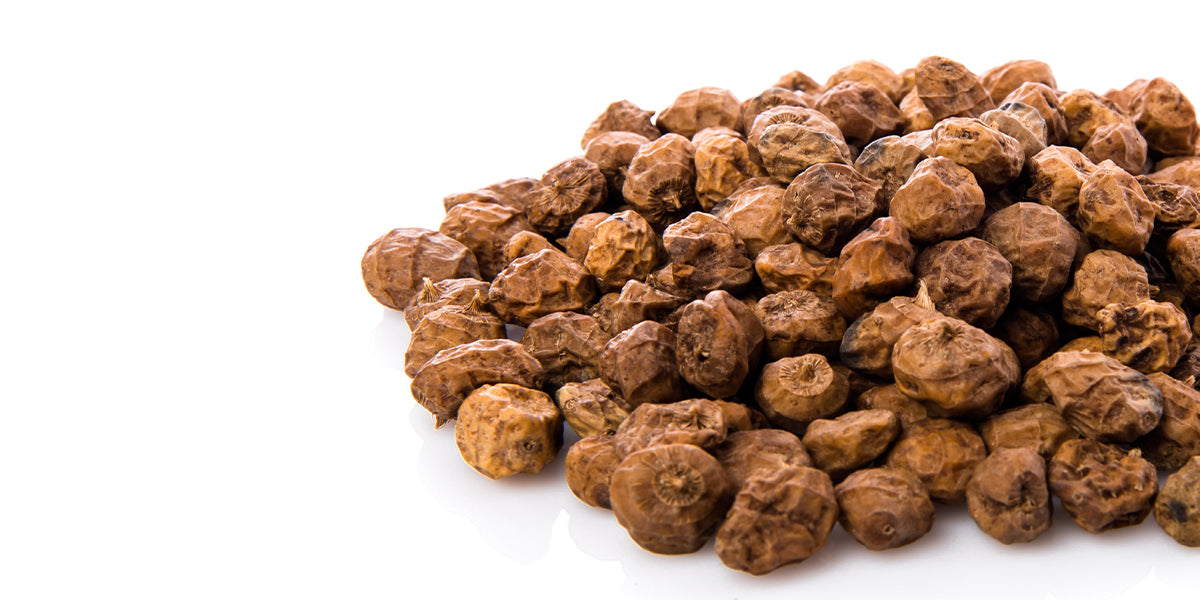
Widgeon grass and wild celery that grow in water can be planted near the pond. Their bulbs provide nutritious stems and leaves for ducks.
In the wild, migratory ducks choose habitats where the following plants abound:
The rice fields are environments rich in plants coveted by ducks. These are the panisse, the triangle or the water couch grass, among others. These plants are considered weeds by rice growers.
This is why they encourage the action of ducks that feed on these plants. In permaculture, the role of Anatidae is central: they eliminate algae and insects and fertilize the soil with their droppings.
Domestic ducks can act as a natural weedkiller for your garden. Thanks to their beak, they eliminate weeds which serve them as food in addition to insects.
That said, the aquatic plants that grow around your pool of water are their habitat. It is for this reason that they must be well maintained. In fact, the choice of plants that embellish your garden pond is essential to the well-being of your ducks.
Here are some examples of aquatic plants that may interest you:
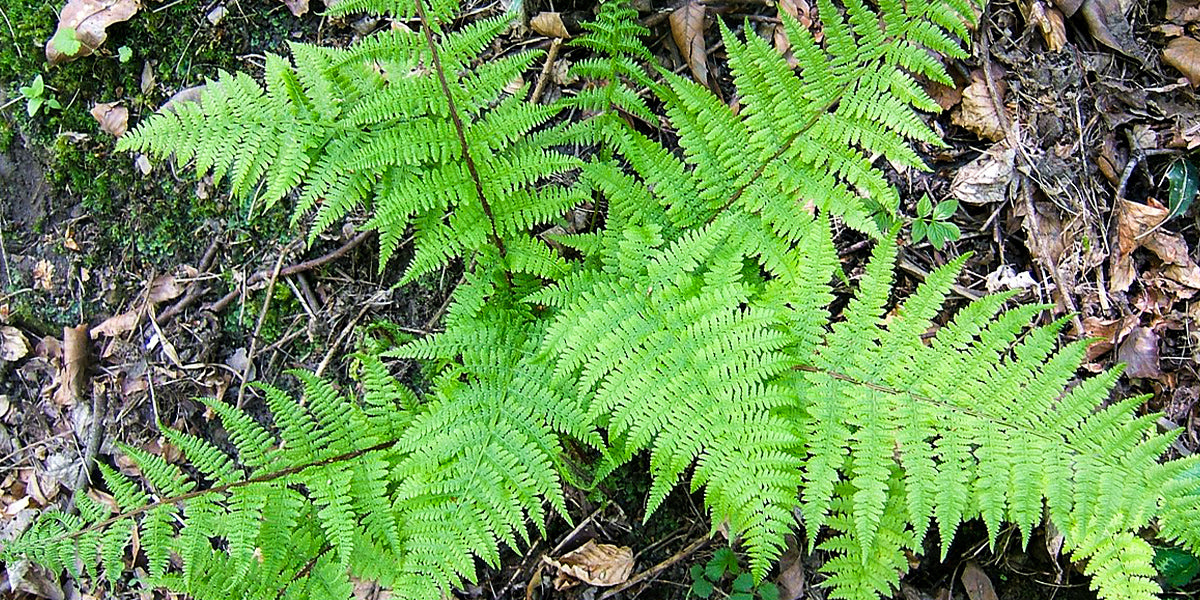
It is a plant with green foliage, about 100 cm high, which covers the banks of the basins.
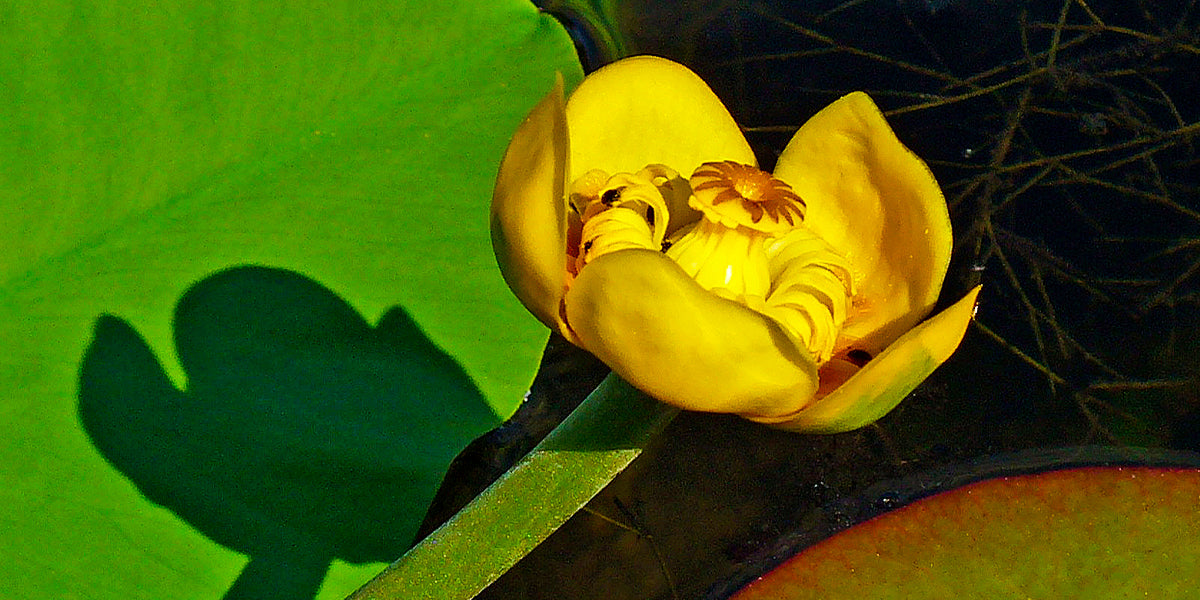
Its round leaves cover the surface of the water with greenery and yellow flowers. The water lily is a hardy plant that grows underwater and is resistant to duck activity.
⭐ You may also be interested: everything you need to know to plant a water lily in your pond
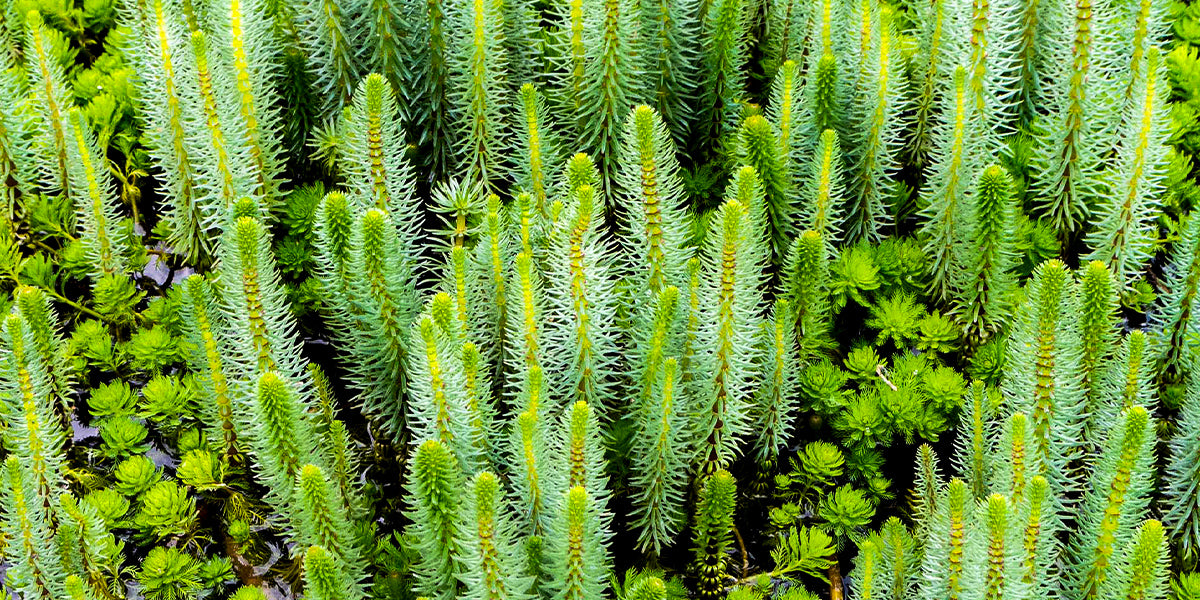
The hippuris grows at the bottom of the pond 50 cm from the water surface. Its green leaves look like tiny fir trees. It is a plant that brings oxygen and attracts fish and ducks.
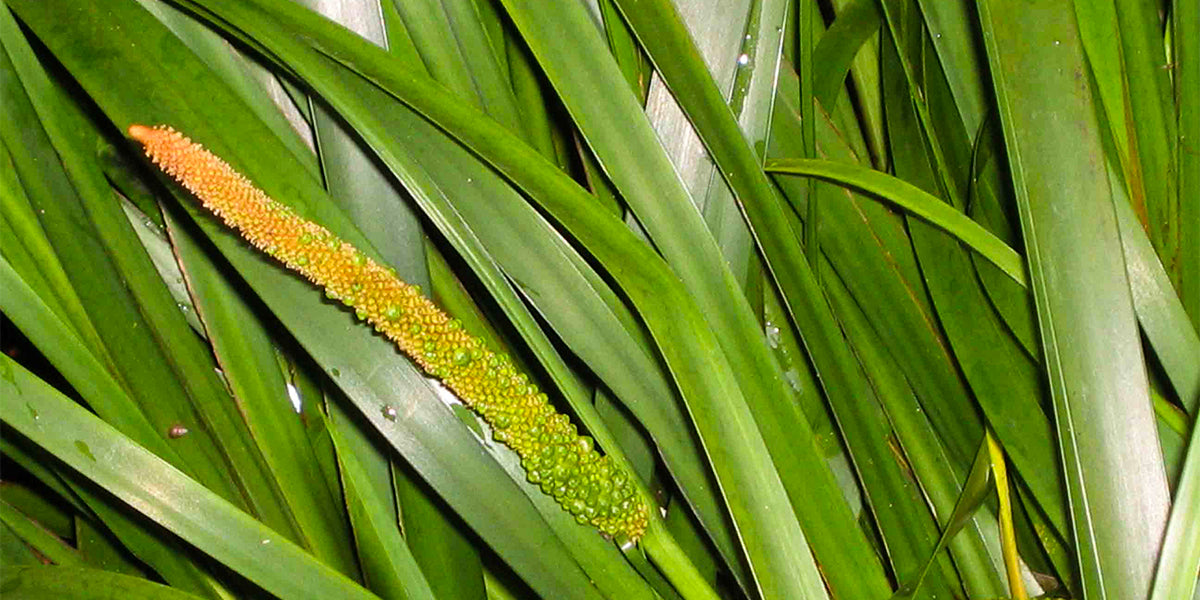
This evergreen and perennial plant grows on the banks of the pool 30 cm from the bottom. Its green and yellow leaves are elongated. It adapts very well to attacks by insects and animals. In addition, it brings an aesthetic touch to your garden.
Aquatic plants are not only used to decorate a pond. They are part of the ecosystem that provides your ducks with food and shelter. Thus, the association between plants and ducks makes your garden pond livelier. So, vary the aquatic plants to please the ducks in your pond!
To complete your research, browse our blog. We give you many tips for decorating your garden pond.
Aquipond Greenstab - Natural treatment against pond algae It is a natural product that helps limit algae at any time. It also has a prevent...
View full detailsReduces the layer of silt in the pond by at least 40% Easy to use with less impact on biodiversity Prevents fermentation, bad odors. pH ...
View full detailsOrganic dye to block plant growth by limiting photosynthesis ORGANIC PRODUCT NON TOXIC TO HUMANS (DIVING) AND FISH. 100% NATURAL AND BIODE...
View full detailsThe positive effects of barley straw have been known to water enthusiasts for a long time. But currently barley straw is difficult to find and i...
View full detailsReduces at least 40% of the layer of silt in the pond Easy to use with less impact on biodiversity Prevents fermentation, bad odors. ...
View full details
Comments
Leave a comment